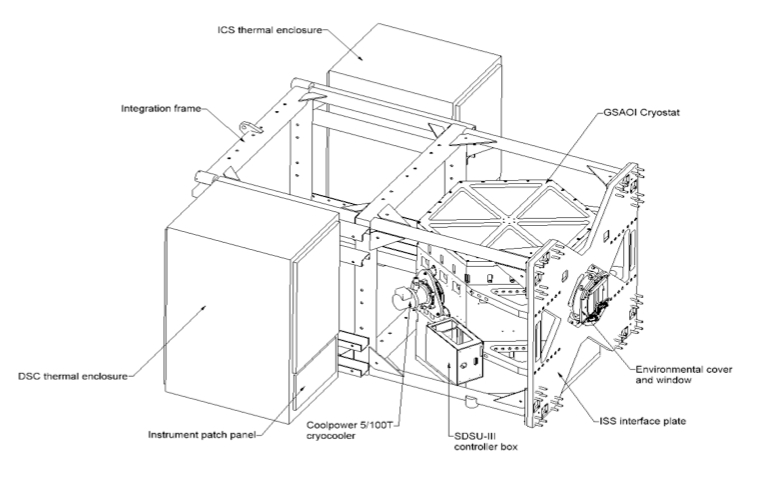
Capability Summary
- AO (Multi-conjugate) only with GeMS
- Total wavelength range = 0.9−2.4 µm
Imaging (Read more)
- 85" square AO-corrected field of view
- 0.02"/pixel spatial sampling
- Broad and narrow band filters
Get the sensitivity
Get to the integration time calculator
GSAOI was built by the Research School of Astronomy and Astrophysics (RSAA) of The Australian National University.

Announcements
Instrument Team
gs Instrument Scientist
